
“If a work of fiction has any force to it, we close the book with a head full of images, lines, and emotions.”
The above quote is from an article on The Vulture (a version of which also appeared in New York Magazine) that got me thinking about plot and fiction. In it, the article’s author also mentions that while it’s prose that we most often remember, “it’s the plot that keeps us turning pages.” While the outline of the evolution of plot was interesting, and even though I’m not sure I agree with all of his “worst endings” sidebar, it got me thinking about plot and what keeps us reading.
 In my exultant ramblings about Forrest Leo’s The Gentleman a couple of weeks ago, I talked a lot about the humor, but little about the plot. In fact, the plot was a fairly common trope going back to ancient Greek mythology; it was a bit of a riff on the Orpheus story. Nothing remarkable there and yet for me the story was completely remarkable (clearly if I’m mentioning it here twice). So I suppose it’s perhaps not what the plot is, so much as what the author does with it.
In my exultant ramblings about Forrest Leo’s The Gentleman a couple of weeks ago, I talked a lot about the humor, but little about the plot. In fact, the plot was a fairly common trope going back to ancient Greek mythology; it was a bit of a riff on the Orpheus story. Nothing remarkable there and yet for me the story was completely remarkable (clearly if I’m mentioning it here twice). So I suppose it’s perhaps not what the plot is, so much as what the author does with it.

And what some authors have been doing with plot is moving it off the page and into our ears. These podcasts are the modern version of the radio dramas that kept previous generations entertained for hours with installments that encouraged listeners to return time and again. I’ve talked about bookish podcasts and audiobooks here on the blog before, but there are some fiction podcasts that will tell you a great story, leaving you with the lines, images and emotions of fiction that stays with you. As with any audiobook or podcast, you may need to keep in mind your surroundings as some will have an E for explicit content, but this is no different from other forms of artistic expression.
This podcast sets itself up as the recordings of a psychotherapist, Dr. Bright, who specializes in what she calls “atypicals” patients who have unique powers that she helps them manage and control. As the podcasts develop, we learn more and more about why Dr. Bright entered into her specialty in the first place and the listener begins to understand that there are nefarious underpinnings that Dr. Bright is struggling against. This podcast does a great job of humanizing those with different abilities (even though those abilities aren’t any we encounter in reality) and gives the listener just enough as the sessions go on to keep us entertained and interested.
Set in a world situated underneath the pacific Ocean, this is an original sci-fi drama that is very professionally produced with longer episodes than most podcasts. The Leviathan are a human-like, immortal race that is infiltrated by a human who comes to realize that she is descended from the Leviathans and tries to come to terms what that means for her and the human race.
Speaking of old-time radio shows, this is a live-produced, Los Angeles based comedy show that has an array of well-known guest stars with original content posted very frequently. This one has a backlog of over 100 episodes, so if you’re in the mood to binge and get addicted to something, this may be your best bet!
This is probably one of the most well-known fiction podcasts that was eventually turned into a book because of its enormous popularity. This podcast is known for its creepy vibe, subtly dark humor and suspenseful storytelling. If you’re looking for something light to fill a Walking-Dead hole, or if you’re looking for something in which to get totally absorbed, this may just fit the bill for you.
If you’re looking to become totally absorbed in fiction, but don’t want the commitment of having a story told to you across multiple episodes, you may want to try this podcast, the most “literary” on this list, but one most definitely worth listening to. Authors like Zadie Smith, Ian McEwan, Curtis Sittenfeld and many more, have written short stories for the New Yorker, and this podcast brings them to life, in the author’s own voice. If you’d like to hear more of what your favorite literary author has written or if you’re wondering just what your favorite author might sound like when reading his or her own stories, this is a must-listen.
I realize that this post is glaringly lacking in library-related items, but I strongly believe that the library is more than just books and programs. We should be able to help people access as much information as they desire in as many forms as possible. Free formats are an added bonus. I know full well that while I do my best to keep the South Branch stocked with materials that people want to watch and read, our most voracious readers (and listeners) are inevitably always looking for a good story. Podcasts are another way to find them and introduce patrons to people who have their own voices, even if they don’t choose to express it in paper form. If I can keep people intrigued with stories, no matter what source they come from, I feel like I’m doing my job. Till next week, dear readers, whatever keeps you intrigued with a story, whether it’s the plot, the writing or how it’s told to you, I hope you spend the weekend enjoying it.




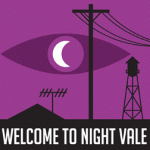

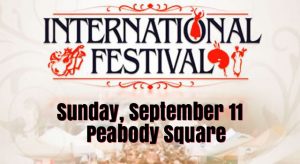

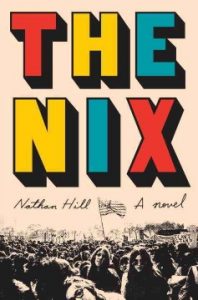 The Nix
The Nix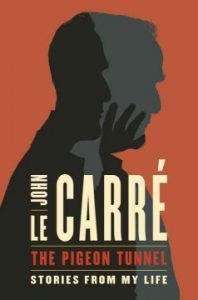 The Pigeon Tunnel
The Pigeon Tunnel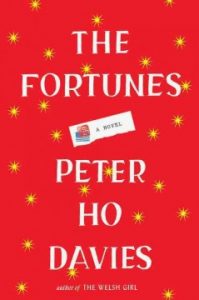 The Fortunes
The Fortunes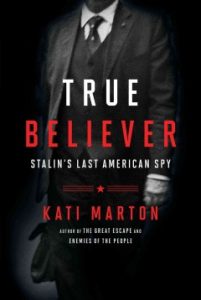 True Believer: Stalin’s Last American Spy
True Believer: Stalin’s Last American Spy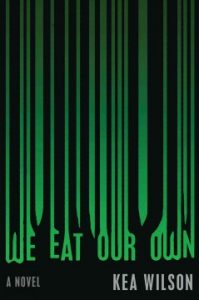 We Eat Our Own
We Eat Our Own
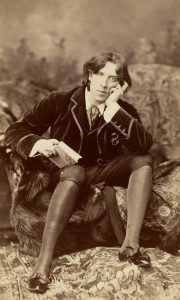

 Why Paris? Oscar Wilde was sentenced to two years’ hard labor in 1895 for the crime of ‘gross indecency’ (homosexual activity, which was illegal in England until 1967). The trial was such an overwhelmingly large media event that it destroyed Wilde’s name and reputation. His wife was forced to divorce him by her family; his young children had their surnames legally changed to distance themselves from their father; many of his former friends refused to have anything to do with him. When he was released from prison in 1898, Wilde left England forever and moved to Paris where he could live in relative anonymity. He died in Paris in 1900, and his best friend, Robbie Ross (another of my personal heroes) arranged for him to be buried in Père Lachaise Cemetery. Eight years later, Ross had received some two thousand pounds from an anonymous donor to build a marker for Wilde’s grave. He chose American sculptor Jacob Epstein, who moved in the same circles as Ross.
Why Paris? Oscar Wilde was sentenced to two years’ hard labor in 1895 for the crime of ‘gross indecency’ (homosexual activity, which was illegal in England until 1967). The trial was such an overwhelmingly large media event that it destroyed Wilde’s name and reputation. His wife was forced to divorce him by her family; his young children had their surnames legally changed to distance themselves from their father; many of his former friends refused to have anything to do with him. When he was released from prison in 1898, Wilde left England forever and moved to Paris where he could live in relative anonymity. He died in Paris in 1900, and his best friend, Robbie Ross (another of my personal heroes) arranged for him to be buried in Père Lachaise Cemetery. Eight years later, Ross had received some two thousand pounds from an anonymous donor to build a marker for Wilde’s grave. He chose American sculptor Jacob Epstein, who moved in the same circles as Ross.

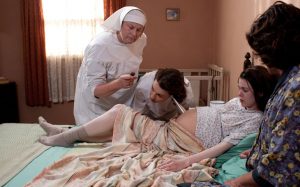 Anyone who works with me, follows me on Goodreads, talks to me regularly about books or comes to Literatea will know that I have a number of quirky reading interests. I simply cannot read enough about tiny houses, nuns, the Amish and … midwives. And if a book combines more than one of these, well than, it is pretty much guaranteed a top place on my To Read list.
Anyone who works with me, follows me on Goodreads, talks to me regularly about books or comes to Literatea will know that I have a number of quirky reading interests. I simply cannot read enough about tiny houses, nuns, the Amish and … midwives. And if a book combines more than one of these, well than, it is pretty much guaranteed a top place on my To Read list.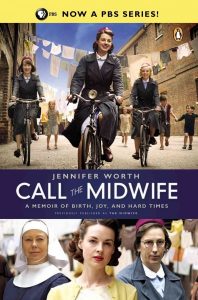 My fascination with midwife literature (Is that an actual genre? If not, I guess I just created it) was, most unusually for me, inspired by a television show. In 2012 when I was going through my annual television slump after a season of Downtown Abbey ended, I saw that PBS was debuting another British period piece first aired by the BBC.
My fascination with midwife literature (Is that an actual genre? If not, I guess I just created it) was, most unusually for me, inspired by a television show. In 2012 when I was going through my annual television slump after a season of Downtown Abbey ended, I saw that PBS was debuting another British period piece first aired by the BBC. 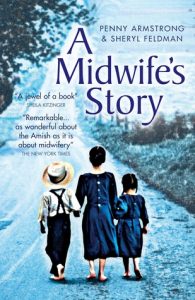 If you find yourself pulled in by the real life aspect of Call the Midwife, there are a number of other good memoirs written by midwives. One of the first I read was
If you find yourself pulled in by the real life aspect of Call the Midwife, there are a number of other good memoirs written by midwives. One of the first I read was 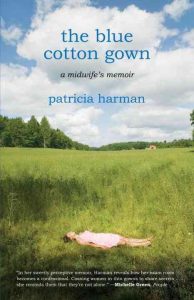 Another midwife turned author is Patricia Harman. She has written two memoirs. One,
Another midwife turned author is Patricia Harman. She has written two memoirs. One, 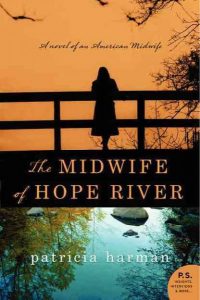 Interestingly, Harman did not stop writing once she had shared her own adventures in midwifery. She followed her memoirs up with two novels:
Interestingly, Harman did not stop writing once she had shared her own adventures in midwifery. She followed her memoirs up with two novels: 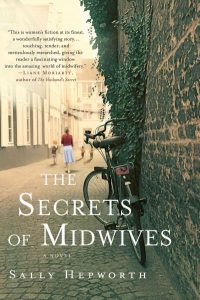 While my favorite midwife books, both novels and memoirs, are period pieces that combine the stories of both the midwives and their patients, I still found
While my favorite midwife books, both novels and memoirs, are period pieces that combine the stories of both the midwives and their patients, I still found
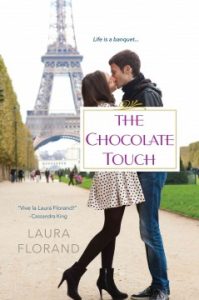 For reasons that we shall discuss a bit later, I had Paris on my mind a little while back, and whenever that happens, I always turn to Laura Florand’s work. Her books are always fun, always clever, full of terrific descriptions….there’s only one drawback, which will become evident shortly…
For reasons that we shall discuss a bit later, I had Paris on my mind a little while back, and whenever that happens, I always turn to Laura Florand’s work. Her books are always fun, always clever, full of terrific descriptions….there’s only one drawback, which will become evident shortly…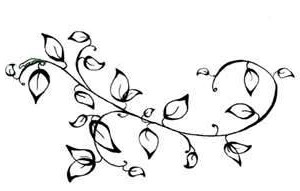
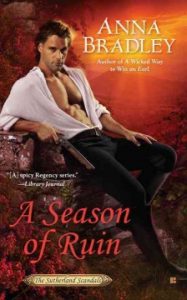 Looking for a short but sweet tale to fill a late summer afternoon? Anna Bradley’s
Looking for a short but sweet tale to fill a late summer afternoon? Anna Bradley’s 







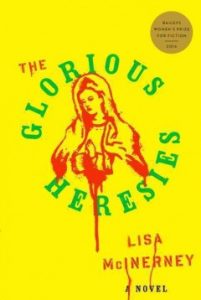 The Glorious Heresies
The Glorious Heresies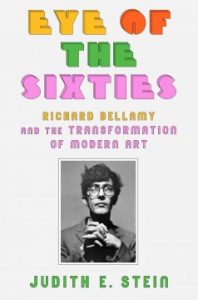 Eye of the Sixties: Richard Bellamy and the Transformation of Modern Art
Eye of the Sixties: Richard Bellamy and the Transformation of Modern Art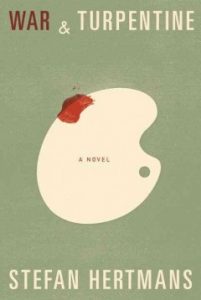 War and Turpentine
War and Turpentine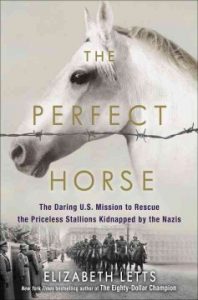 The Perfect Horse
The Perfect Horse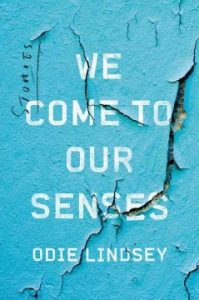 We Come to Our Senses
We Come to Our Senses